3D Camera Technology Advances in Imaging and Immersion
Published: 2025-09-10
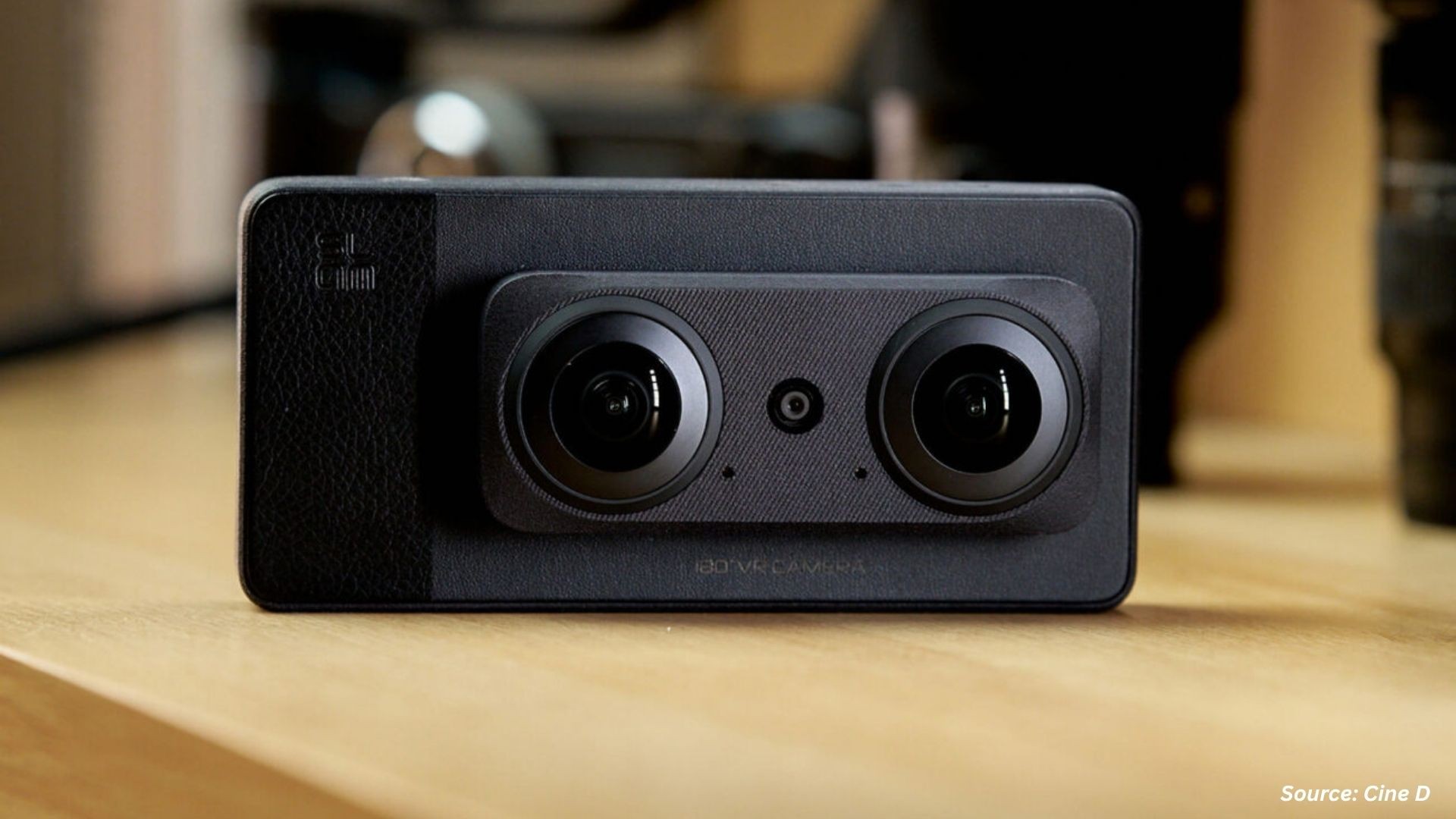
3D camera technology is undergoing a dramatic evolution in 2025, with breakthroughs across immersive VR, holography, and healthcare applications. From PXE’s holographic systems debuting at CES 2025 to medical-grade cameras for CT positioning, companies are redefining what is possible with depth-sensing optics. Below is a deep dive into the most credible, recent developments.
PxE’s 3D Imaging Breakthrough: Turning 2D Cameras into Multi-Dimensional Vision Systems
PxE’s technology transforms standard 2D digital cameras — such as those in smartphones, laptops, vehicles, and other camera-enabled systems — into advanced 3D imaging devices, enabling seamless integration between the physical and digital worlds.
Revolutionizing Imaging: PxE’s Advanced 3D Imaging Technology
-
PxE’s 3D imaging technology harnesses the wave-like behavior of light to enhance camera capabilities.
-
It captures color, infrared, and depth information simultaneously, significantly improving camera functionality.
-
The system enhances light sensitivity by up to 4 times, allowing for clearer imaging in low-light conditions.
-
PxE captures the wavefront of light — including its wavelength and curvature — to create a “white light hologram.”
-
This hologram is decoded in real time, producing high-resolution color, infrared, and 3D depth images from a single frame.
-
The technology delivers crisp, upgraded 3D images alongside high-quality 2D color and IR outputs.
-
PxE’s solution integrates both hardware and software to convert standard 2D cameras into versatile 3D systems.
-
It achieves all of this without increasing camera size, cost, or compromising image quality.
Summary:
-
Wavefront-Based Imaging: PxE leverages the wave-like nature of light to capture a white light hologram, enabling simultaneous acquisition of color, infrared, and depth data.
-
Enhanced Performance: The technology boosts light sensitivity by 4x and outputs high-resolution 2D and 3D images from a single sensor, even in low-light environments.
-
Seamless Integration: PxE’s hardware-software solution transforms standard 2D cameras across devices—smartphones, laptops, cars—into full-featured 3D systems without increasing size or cost.
Conclusion:
PxE is reshaping the future of imaging by enabling high-performance 3D capture on existing 2D camera platforms. Its innovative approach not only elevates image quality and functionality but also bridges the gap between physical reality and digital interaction—without sacrificing efficiency, form factor, or affordability.
SLAM XCAM Aims to Revolutionize Affordable 8K VR180 Content Creation
Devices like the Apple Vision Pro, Meta Quest, and other AR/VR headsets offer immersive experiences, but capturing 180° content typically requires specialized, often expensive cameras. The newly launched SLAM XCAM 8K VR180 3D Camera on Kickstarter aims to change that, promising an affordable solution for filming, editing, and sharing AR/VR content seamlessly.
Key Features of the SLAM XCAM VR180 3D Camera
-
Sleek, Smartphone-Like Design: Resembles a large iPhone 16 Pro Max with a dual-lens system and an integrated touchscreen interface.
-
6.67-Inch AMOLED Display: Touchscreen on the front allows for camera control, exposure metering, and real-time preview.
-
All-in-One Functionality: Capable of shooting, editing, and sharing content directly from the device, including live streaming to platforms like YouTube and Twitch.
-
High-Resolution VR180 3D Recording: Supports up to 8K at 30 fps and 6K at both 30 fps and 50 fps in immersive 3D.
-
Dual 1/1.5” CMOS Sensors: Ultra-large sensors enhance light capture and image clarity, even in challenging conditions.
-
Advanced Imaging: 10-bit color depth, up to 100 Mbps bitrate, and H.265 video compression ensure high-fidelity visuals.
-
Powerful Processing: Equipped with a Qualcomm Snapdragon Gen 2 processor for fast performance and efficient video processing.
-
Optimized Lens Configuration: Features a 65mm inter-lens distance, ideal for natural VR180 3D perspective.
-
Android Operating System: Runs on Android, offering flexibility, app support, and ease of use.
Summary:
-
Accessible AR/VR Filming: Unlike traditional high-cost 180° capture systems, the SLAM XCAM offers an all-in-one, budget-friendly device for creators to film, edit, and share immersive content.
-
High-End Features in a Compact Form: With dual 1/1.5” CMOS sensors, up to 8K 3D video, Snapdragon Gen 2 processing, and a 6.67-inch AMOLED display, it combines professional-grade performance in a smartphone-style body.
-
Optimized for Immersive Output: The 65mm lens spacing, 10-bit imaging, and Android OS ensure seamless usability and natural 3D depth, catering to VR streamers, YouTubers, and content studios.
Conclusion:
The SLAM XCAM 8K VR180 3D Camera lowers the barrier to immersive video production by merging pro-level hardware with creator-friendly tools—marking a pivotal step toward democratizing high-quality AR/VR content creation.
Blackmagic URSA Cine Immersive Camera Set to Transform 3D Content Creation
Blackmagic has announced that its URSA Cine Immersive camera, designed for capturing high-quality 3D immersive video, is now available for preorder directly through Blackmagic Design Offices. Initial shipments are scheduled to begin in early 2025. The camera has the potential to enhance immersive content creation for devices like the Vision Pro.
Key Features of Blackmagic’s URSA Cine Immersive Camera
-
High-Resolution Stereoscopic 3D Video: The Cine Immersive allows cinematographers to shoot stereoscopic 3D video at 90 frames per second with an impressive resolution of 8160 x 7200 pixels per eye — over twice the estimated per-eye resolution of the Vision Pro's displays.
-
Apple Immersive Video Format Support: Footage captured with the Cine Immersive can be edited using Apple’s proprietary Immersive Video format.
-
DaVinci Resolve Integration: Blackmagic Design plans to roll out support for Apple Immersive Video in DaVinci Resolve Studio by early 2025, enabling seamless post-production for immersive content.
Blackmagic Emphasizes End-to-End Workflow for Immersive Video
Blackmagic Design CEO Grant Petty stated that the upcoming DaVinci Resolve update will deliver “a true end-to-end workflow for Apple Immersive Video.” He also expressed enthusiasm about collaborating with filmmakers on immersive projects ahead of the camera’s broader release later in 2025.
Summary:
-
Preorders Now Open – Blackmagic’s URSA Cine Immersive 3D camera is available for preorder through Blackmagic Design Offices, with initial deliveries beginning in early 2025.
-
Advanced Video Capabilities – It captures stereoscopic 3D video at 90fps and 8160 x 7200 resolution per eye, more than doubling the Vision Pro’s estimated screen resolution.
-
Seamless Workflow Integration – Blackmagic is adding support for Apple Immersive Video in DaVinci Resolve Studio, enabling a complete editing and production pipeline for immersive creators.
Conclusion:
With its powerful specs and integration into Apple’s immersive video ecosystem, the URSA Cine Immersive positions Blackmagic as a key player in next-generation content creation. As support rolls out and collaborations with filmmakers begin, this launch could mark a pivotal moment for 3D immersive storytelling across AR/VR platforms like the Vision Pro.
AI-Powered 3D Cameras Improve CT Workflow Efficiency
The growing demand for CT imaging has led to a range of innovations aimed at streamlining workflows without compromising image quality or patient care. Artificial intelligence technologies have emerged to tackle common challenges such as contrast dosing, image reconstruction, and patient positioning. Among these, deep learning-enabled 3D cameras have gained attention for their ability to automatically position patients based on body habitus and table placement—offering a straightforward solution to reduce exam duration.
Deep Learning 3D Cameras Enhance Accuracy and Efficiency in CT Positioning
According to Dr. Yoshifumi Noda and colleagues from the Department of Radiology at Mass General Brigham, deep learning-powered 3D cameras can automatically detect a patient’s body contour and positioning. As published in the European Journal of Radiology, prior research shows that these systems significantly shorten positioning time compared to manual alignment by radiographers. Additionally, they help minimize deviation between the scanner and the patient’s isocenter, which not only improves scan accuracy but also contributes to reduced radiation exposure.
Study Shows Deep Learning 3D Cameras Streamline CT Workflow Without Compromising Quality
-
Objective of the Study: A research team led by radiologists recently investigated the impact of deep learning-based 3D positioning assistance on CT imaging workflows and image quality. The study focused on unenhanced chest-abdomen-pelvis CT scans performed on nearly 600 patients between October 2023 and January 2024. Participants were divided into two groups: one positioned manually by radiographers and the other using a deep learning 3D camera.
-
Metrics Compared: Radiologists assessed various outcomes, including image quality, exam duration, and overall radiation dose. Key imaging parameters such as CT dose-index volume (CTDIvol), dose-length product (DLP), and background noise levels showed no significant differences between the two positioning methods.
-
Workflow Efficiency Gains: Despite similar image and dose outcomes, the group using the 3D camera demonstrated clear workflow improvements:
-
Total room time dropped from 255 seconds to 223 seconds.
-
Median patient positioning time decreased from 79 seconds to 57 seconds.
-
Scanning time reduced from 86 seconds to 78 seconds. While these time savings may appear modest individually, the researchers emphasized that, over the course of a full day of scanning, they accumulate into a substantial operational benefit.
-
-
Conclusion of the Authors
“We prospectively revealed that the use of a deep-learning 3D camera could improve the workflow of CT examinations compared with manual positioning by radiographers,” the authors wrote. They noted that although changes in positioning accuracy, radiation dose, and background noise were minimal, the technology significantly aids radiographers by enhancing workflow efficiency during CT exams.
Summary:
-
Automated Positioning: Deep learning-enabled 3D cameras automatically detect patient body contours and positioning, reducing reliance on manual alignment by radiographers.
-
Faster Exams: In a study of nearly 600 patients, the use of 3D cameras reduced total room time, positioning time, and scan time—offering measurable workflow improvements.
-
No Loss in Quality: Despite quicker procedures, there was no significant difference in image quality, radiation dose, or background noise between manual and AI-assisted positioning.
Conclusion:
Deep learning 3D cameras present a practical solution for improving CT exam efficiency without compromising diagnostic quality or patient safety. With time savings that scale across a busy imaging schedule, this technology holds strong potential to streamline radiology workflows.
Next Steps: Where is 3D Camera Technology Headed?
-
The 2025 3D camera landscape shows vast potential across consumer electronics, immersive storytelling, and healthcare innovation. If you are a developer, creator, or institutional buyer, here are key action points:
-
Explore PXE’s launch at CES 2025 if you are involved in holographic imaging or industrial design.
-
Invest in SLAM-based VR180 cameras for immersive content pipelines and VR-first platforms.
-
Adopt depth-sensing systems in clinical settings to improve patient workflow and radiology precision.
-
Monitor AI integration trends in 3D capture systems across industries for early adoption opportunities.
About the Author
 Karabi Sonowal is an experienced SEO Executive and Content Writer in digital marketing. She excels in SEO, content creation, and data-driven strategies that boost online visibility and engagement. Known for simplifying complex concepts, Karabi creates impactful content aligned with industry trends. She can be reached at [email protected]
Karabi Sonowal is an experienced SEO Executive and Content Writer in digital marketing. She excels in SEO, content creation, and data-driven strategies that boost online visibility and engagement. Known for simplifying complex concepts, Karabi creates impactful content aligned with industry trends. She can be reached at [email protected]
About the Reviewer
 Supradip Baul is the CEO and Founder of Next Move Strategy Consulting, driving the firm’s mission to provide data-driven insights and strategic intelligence. With extensive experience in market research and consulting, he has helped global organizations make informed decisions and achieve sustainable growth.
Supradip Baul is the CEO and Founder of Next Move Strategy Consulting, driving the firm’s mission to provide data-driven insights and strategic intelligence. With extensive experience in market research and consulting, he has helped global organizations make informed decisions and achieve sustainable growth.
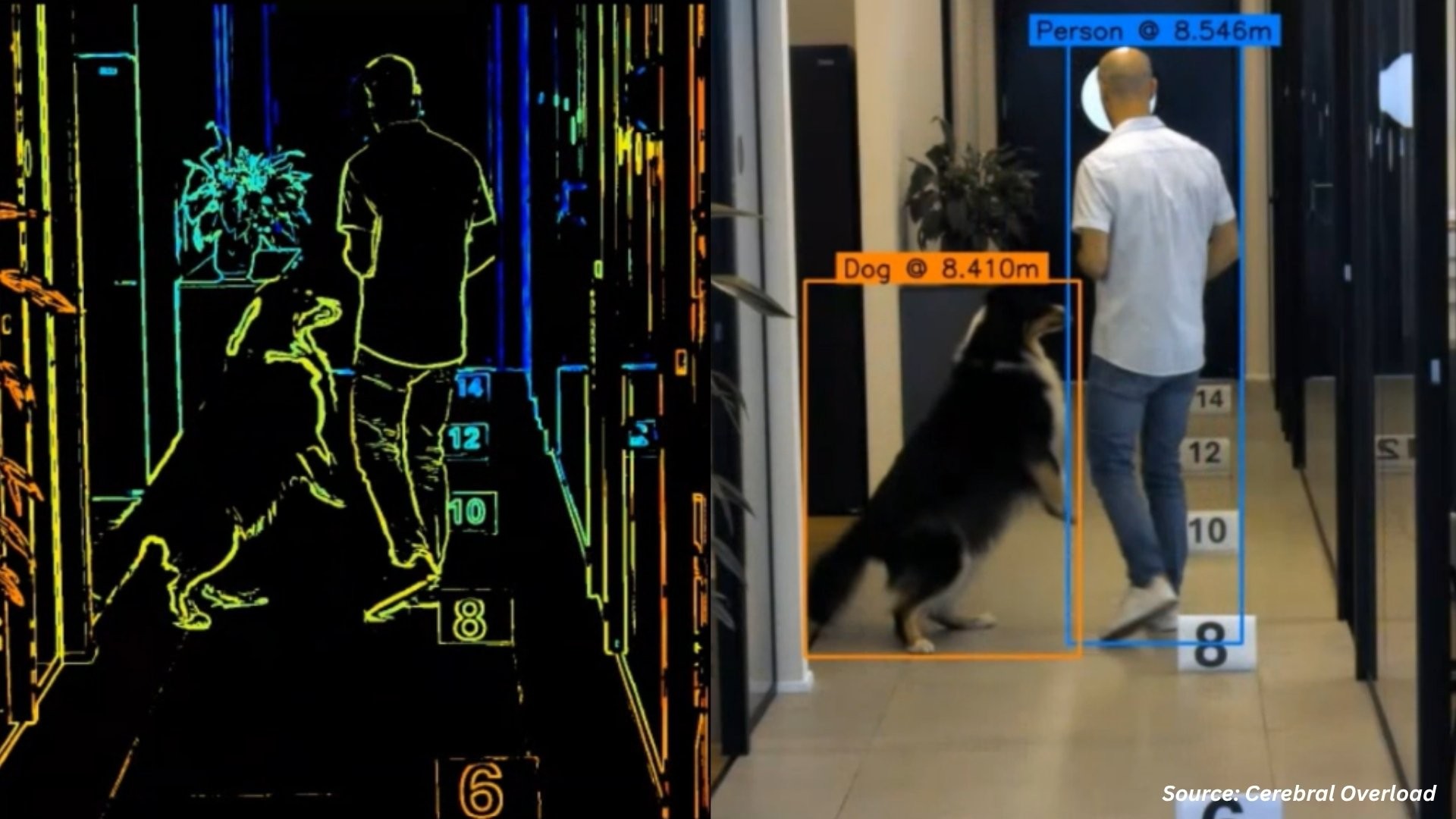
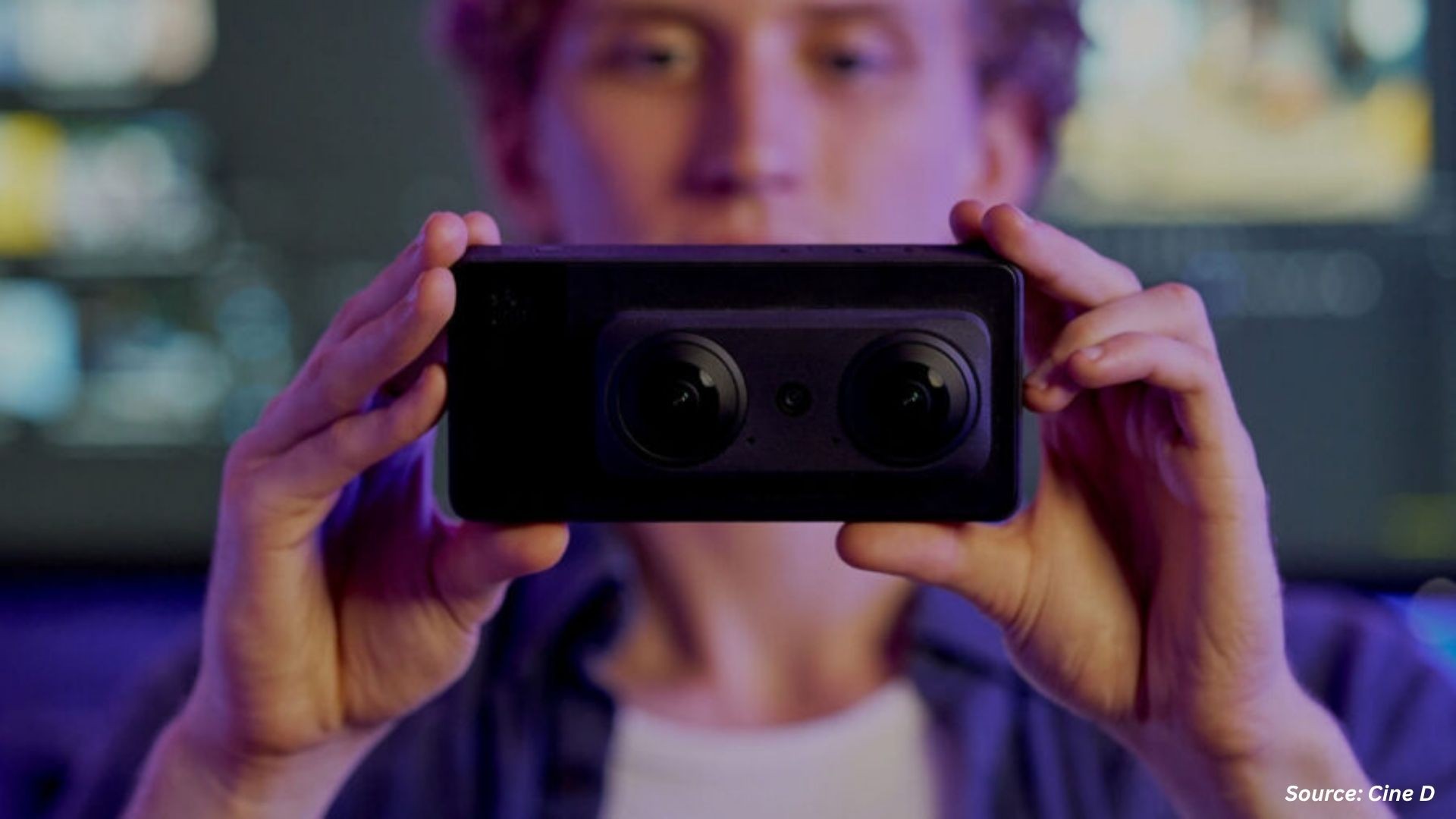
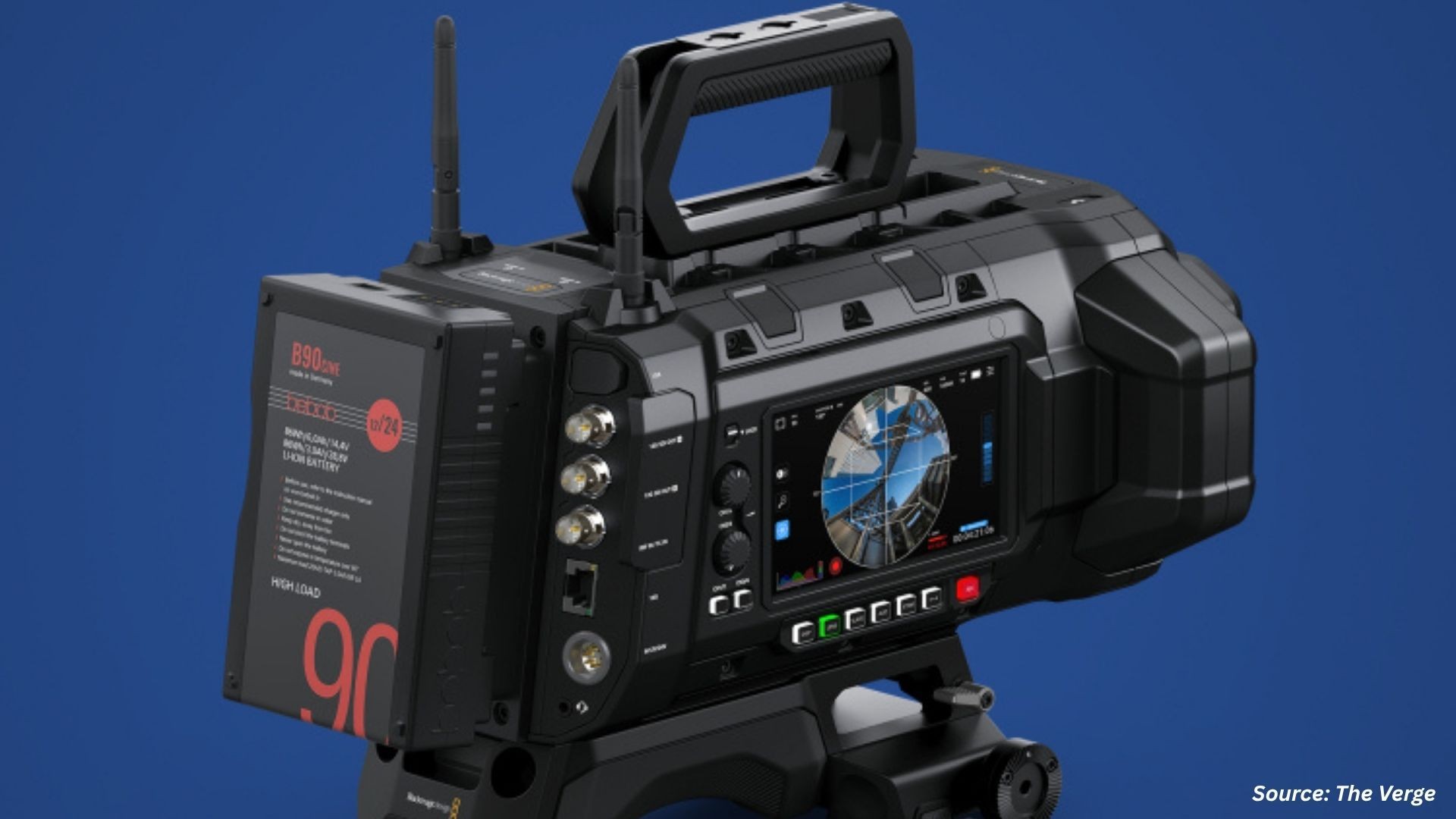








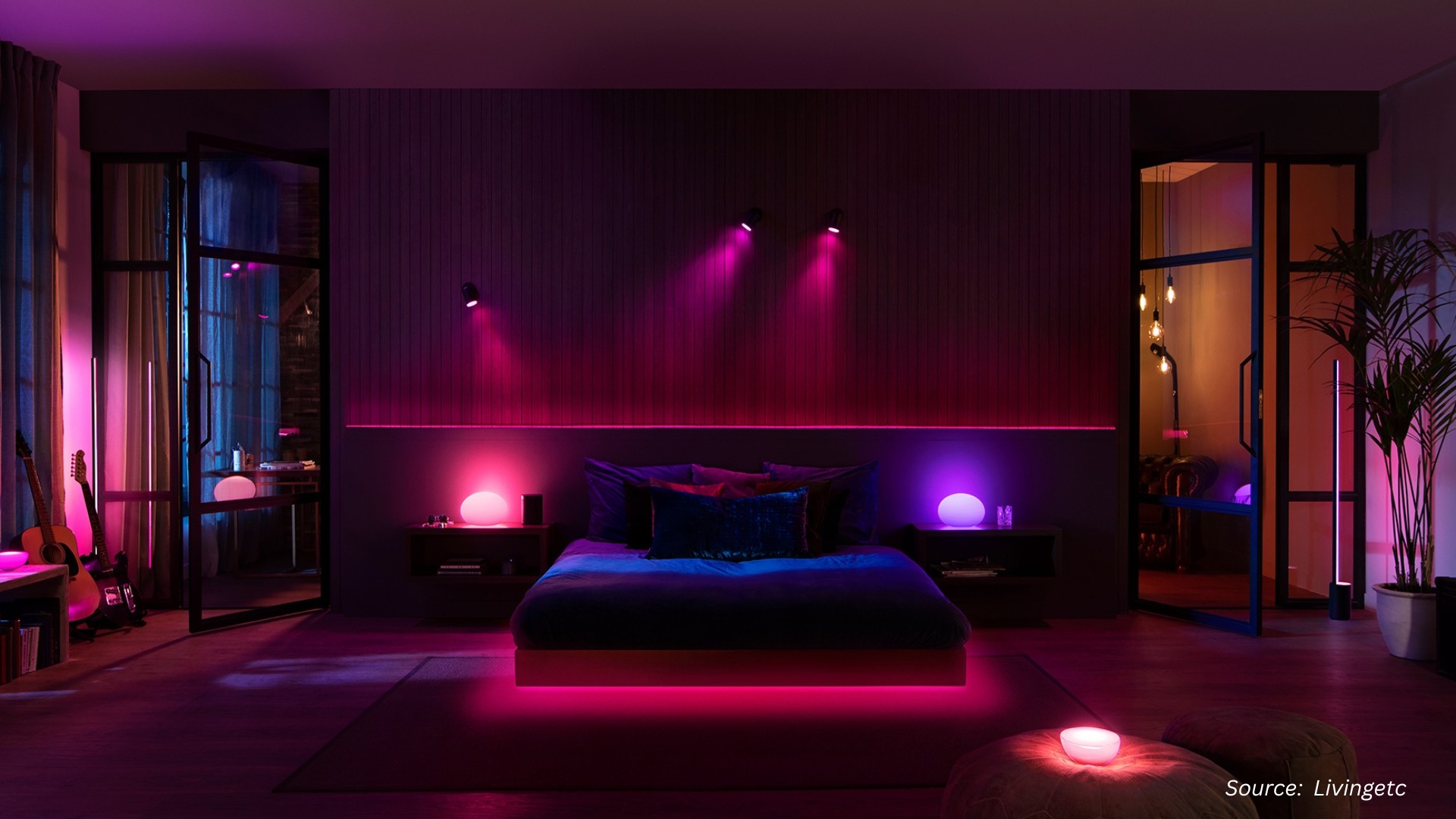







Add Comment